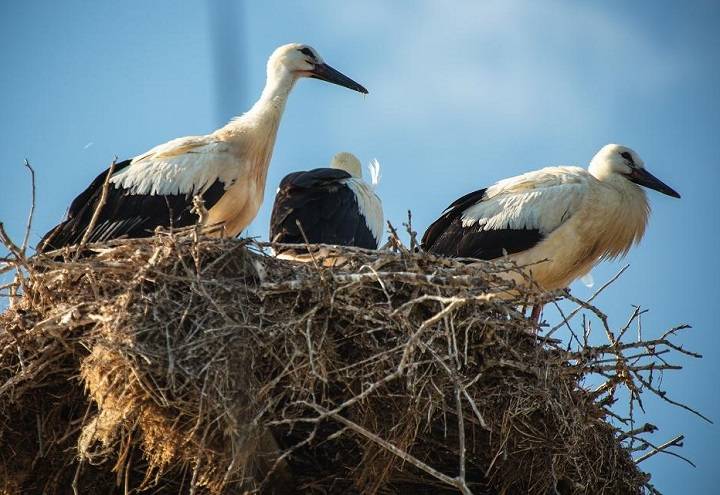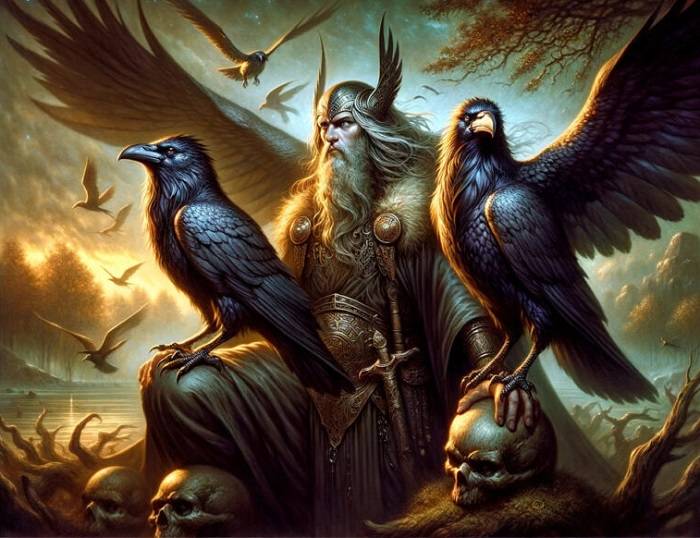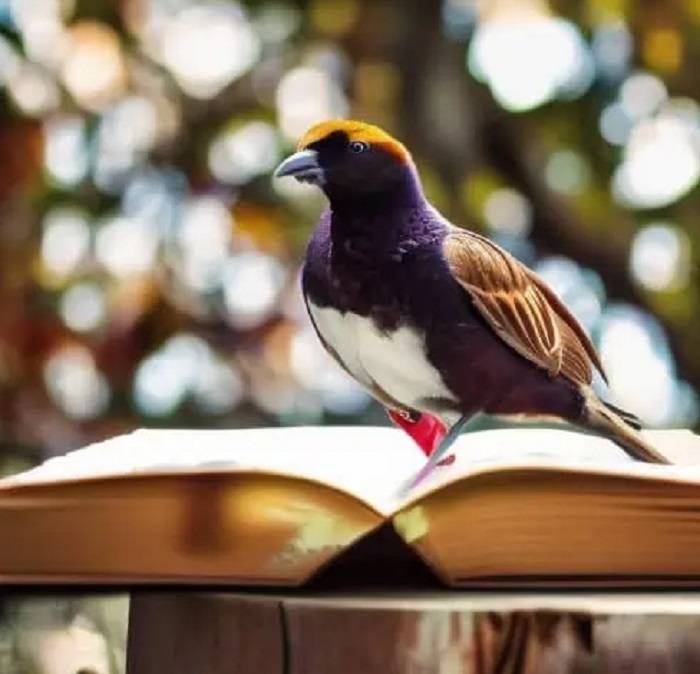Birds have long been associated with birth and new beginnings in cultures around the world. Whether depicted in mythological tales, revered as messengers of the gods, or celebrated in religious rituals, birds hold a special place in the human imagination as symbols of fertility, renewal, and the miracle of life. In this exploration, we delve into the rich tapestry of cultural, mythological, and spiritual meanings attributed to birds associated with birth, uncovering the symbolism, significance, and enduring fascination that these winged creatures hold for humanity.
Birds in Mythology and Folklore: Messengers of the Divine
In many ancient cultures, birds were believed to possess divine qualities and were revered as messengers of the gods. In Greek mythology, for example, the stork was associated with Hera, the goddess of marriage and childbirth, and was believed to bring newborn babies to their parents. Similarly, in Norse mythology, the swan was associated with Frigg, the goddess of fertility and motherhood, and was believed to protect expectant mothers and their unborn children. Across cultures, birds such as the crane, the dove, and the phoenix have also been revered as symbols of fertility, rebirth, and the cycle of life.
Birds in Religious Symbolism: Portents of Blessings and Miracles
In many religious traditions, birds play a central role in rituals and ceremonies associated with birth and new life. In Christianity, for example, the dove is often depicted as a symbol of the Holy Spirit and is associated with the story of Noah’s Ark, where it brought a message of hope and renewal after the Great Flood. In Hinduism, the peacock is revered as a sacred bird and is associated with Saraswati, the goddess of knowledge and wisdom, as well as with Kartikeya, the god of war and victory. In Islam, the hoopoe is mentioned in the Quran as a symbol of wisdom and guidance, and its distinctive crest is believed to symbolize divine inspiration.
Birds in Symbolic Art and Literature: Allegories of Life and Transformation
Throughout history, birds have also been a popular subject in art, literature, and mythology, where they are often used as allegories for the human experience of birth, growth, and transformation. In ancient Egyptian art, for example, the symbol of the ba bird was believed to represent the soul’s journey to the afterlife, while in Chinese mythology, the mythical phoenix was revered as a symbol of immortality and the eternal cycle of life. In modern literature, birds such as the albatross in Samuel Taylor Coleridge’s “The Rime of the Ancient Mariner” and the mockingbird in Harper Lee’s “To Kill a Mockingbird” serve as powerful symbols of innocence, freedom, and the fragility of life.
Birds in Cultural Traditions: Customs and Superstitions
In addition to their symbolic significance in mythology, religion, and literature, birds associated with birth have also played a prominent role in cultural traditions and customs around the world. In many cultures, for example, it is believed that seeing a stork or a swallow nesting on the roof of a house is a sign of good luck and fertility, while in others, it is believed that the cry of an owl or the presence of a magpie is a harbinger of misfortune or death. Similarly, in Native American cultures, the eagle is revered as a symbol of strength, courage, and protection, and its feathers are often used in rituals and ceremonies associated with childbirth and new life.
Bird Associated With Birth
In conclusion, birds have long been a powerful symbol of birth, renewal, and the miracle of life in cultures around the world. From their depiction in mythology and religious symbolism to their portrayal in art, literature, and cultural traditions, birds associated with birth hold a special place in the human imagination as messengers of the divine, portents of blessings and miracles, and allegories of life and transformation. As we continue to celebrate the rich tapestry of cultural diversity and spiritual wisdom that birds represent, may we be inspired by their beauty, grace, and resilience, and may we always remember the profound significance of these winged creatures in our shared human experience of birth, growth, and renewal.




